#Turbo
Ace of Base: 2017 Cadillac ATS Coupe
Several months ago, I wrote on these digital pages we would never see a base-model pony car in this series, and I’m sticking to that edict. After all, two-door muscle cars shunting their power to the rear wheels should have a V8 under the hood, just as nature and Carroll Shelby intended.
The thing is, though, I freely admit this view is rapidly becoming more antiquated than a digital dashboard from the ‘80s. Four-cylinder mills now routinely crank out nearly 300 horsepower, a full 75 more than the Fox-body V8 Mustangs of my youth. Bolted to a well-fleshed-out chassis, the driving rewards are often vast.
What to do, then? Good thing the General had the foresight to make a two-door Cadillac on the same platform as the Camaro.
2017 Honda Civic Si First Drive Review - VTEC, No; All 'Bout That Turbo, Yo
After a four-hour journey that included a ferry ride across the Northumberland Strait from Prince Edward Island, we arrived at one of the largest import car meets in Atlantic Canada in Bedford, Nova Scotia. There, owners showed off rows upon rows of cars in varying states of modification and personalization, from tasteful to tasteless.
My car club friends and I walked though to say hello to other folks we’d only previously chatted with on our local import forum, all the while gawking at some of the wildest vehicles east of Quebec. Body kits, massive turbo setups, and convoluted engine swaps ruled the day. But I only remember one vehicle vividly, parked at the end of a row and free from the usual slack-jawed, drooling masses: a pristine, unmodified, 1999 or 2000 Honda Civic Si Coupe (actually an SiR in Canada) still wearing its factory Electron Blue Pearl paint.
To me, back in 2007, this was automotive perfection.
Fast forward some 10 years later. I had the chance to meet the 2017 Honda Civic Si, a quicker, more mature, and more usable younger sibling wearing a similar shade of blue — then proceeded to act like a 22-year-old again and drive the ever-living snot out of it.
The Mazda 3 Can Lose A Comparison Test, Apparently
Mazda hasn’t always proven capable of winning hearts and minds in the U.S. marketplace. But in buff book comparison tests, Mazda possesses a recipe for success.
Possessed.
Nine months ago, for instance, a 2016 Mazda 3 i Grand Touring spanked the Nissan Sentra and scored substantial victories over the 2016 Chevrolet Cruze LT and 2017 Hyundai Elantra Limited in a five-car Car And Driver comparison test. Only the 2016 Honda Civic EX came close. Car And Driver was quite right in pointing out the Mazda 3 overachieved “in a world where excellence isn’t always rewarded with sales.” TTAC’s east coast reviewers came to the same conclusion four months ago.
Indeed, U.S. sales of the Mazda 3 fell to a 10-year low in 2016. Now, with sales in 2017 on track to fall to a 13-year low, the Mazda 3 has lost a comparison test.
And not just to one car, but two.
The Straight Six is the Best Six - And It's Making a Comeback
As a parent of two young children, I watch a lot of movies at home. Most of the blockbuster movies I’ve watched this year are remakes. This month alone, I watched Ghostbusters, Star Trek Beyond, and Star Wars: The Force Awakens. All three are part of franchises that died a decade (or more) ago and have been reborn successfully in 2016.
In the same way, inline-six engines have returned to Mercedes-Benz after nearly a 20 year hiatus in North America.
Why are straight six engines making a comeback?
Piston Slap: High-Altitude Aspirations?
Kirk writes:
Sajeev,
I asked Bark for advice a few months ago and this question is somewhat related: I’m now planning to get a Miata or maybe the Fiat 124. I live at 5,000 feet above sea level and from what I’ve read, it sounds like the average naturally aspirated engine loses 3 percent of its power for every 1,000 ft increase in elevation, which translates to a 15 percent power loss at 5,000 ft. However, it appears that turbo engines do not suffer as much, as they lose about 1.5 percent power per 1,000 ft on average due to the less dense air. (i.e. more dense with forced induction – SM)
If that is the case, than I expect it would be better for me to get a turbo engine — provided I’m okay with the Fiat.
Horsepower, Democratized! A History of Bringing Power to the Masses
While in recent months TTAC has reported on the declining popularity of the four door, there are still a plethora of fast sedans in the marketplace.
In fact, the performance extracted from them was unfathomable even a generation ago. How did we end up at a 500-horsepower Audi, a 640-horsepower Cadillac and 707-horse Dodge? What were once numbers reserved for otherworldly exotics now are found in a pedestrian nameplate.
But this is no new trend, for while the current power war we’re experiencing has generated outlandish performance numbers for a mere average Joe, the recipe of sticking the most punch possible into a sedan for the masses goes back a long way.
Here Are All the Ways Chrysler Tried To Turbocharge the 1980s
It was impossible to escape the word “Turbo” in the 1980s.
There were Turbo Aviators and Turbo Hoover vacuums. Turbo was a character on American Gladiators. There was even Turbo chewing gum, which came with a cool mini car poster wrapper. Turbo was a helluva drug in the 1980s, and Chrysler took note.
BMW offered one turbocharged gasoline model. Porsche offered three. But Chrysler? Over a 10 year span, the Pentastar turbocharged its entire car lineup, bringing us some 20 turbocharged models powered by no less than six different variations of the 2.2- and 2.5-liter inline-fours.
Is Infiniti's Variable Compression Turbo the Holy Grail of Power and Efficiency?
It was 1998 and my friend Tom had just picked up a 1991 Eagle Talon TSI AWD.
“Ok, go ahead and floor it, but don’t rev it past 5,000 rpm,” Tom said.
I mashed the throttle and … nothing happened.
We were moving, but it was at the pace of a Toyota Corolla and nowhere near the rate of acceleration promised by the 2.0-liter turbo’s claimed 195 horsepower.
Disappointed, I left my foot on the throttle for a few seconds. Suddenly, I heard the whistle of the spooling turbo and a sudden shove of boost kicked in.
Four-cylinder turbo engines from the ‘90s were all similar to this. While they generated relatively big power at the top end, they also suffered from massive turbo lag and had fuel economy similar to a much larger V8.
Nissan’s new Variable Compression Turbo engine promises big power, minimal turbo lag, and decent fuel economy using some new trickery.
Is this the holy grail of turbocharged motors?
The Wild and Wacky World of Walter Treser's Audi-Based Creations
Who built the first 250-horsepower Quattro? The first turbocharged German wagon? The first long-wheelbase Audi with all-wheel drive? The first all-wheel-drive convertible? The first off-road-inspired Audi? The first aluminum space-frame car? The first mid-engine car with Volkswagen’s Audi Group underpinnings?
Not Audi.
They all came from the mind of one incredible engineer named Walter Treser.
It’s not that Treser was without connection to the company, though, as he was intimately involved with developing the legendary Quattro and other models, then later headed up Audi’s rally program. Sure, Ferdinand Piëch gets all the credit for being the visionary that made all-wheel drive possible, but Treser is the engineer that actually turned that vision into reality.
But he didn’t rest on his laurels for long.
Piston Slap: SHO Me The Intercooler Condensation!
Zac writes:
Hi Sajeev,
I have a confession to make. I may have lied on my last TrueDelta survey. I reported ‘No Repairs,’ but, while technically true, I have been struggling with a problem for a few months now. My 2011 Ford Taurus SHO has been my long distance cruiser for 99,000 miles now, often times pulling an eight-foot trailer full of bikes and gear to track days all over the Southeast. I installed an Airraid cold air intake, Corsa Cat-Back exhaust, and Stage 3 tune from Livernois Motorsports at 17,000 miles, and the car has run fantastic until about 4,000 miles ago.
Want to Buy a Classic Porsche? Here Are 10 Limited Edition 924s That Aren't Selling for Bonkers Prices
There are few better ways to get instant recognition as a connoisseur of cars than to drive a classic. People will applaud your discerning taste, your unique choice in an age of appliance automobiles. Good for you!
You’ve decided to get something German because you like your 1970s classic to run. And you’d like a sports car, which pretty much makes Porsche your default choice. Few models now generate the collective automotive “OOoooo!” of the air-cooled 911. It’s so cool, it’s backwards!
But then you find out what classic 911s cost. If you’ve been living under a rock recently, prices for classic and rare 911s are through the roof. One of the last great air-cooled models just sold at RM Sotheby’s London Auction for £1,848,000. I’ll save you some quick math: that’s $2,460,242 USD at time of writing.
As you wipe the coffee from your screen, allow me to suggest it doesn’t have to be this way. You, too, can have an obscure, classic Porsche for only around 1/1000th the price of an air-cooled 911.
This 2017 Kia Sportage SX Was Broken and Slow, Now It's Fixed and Fast
Recognize this Kia?
TTAC’s Matthew Guy drove and reviewed this particular 2017 Sportage SX Turbo in early July. Readers need not an ability to read between the lines to locate Guy’s disappointment in the turbocharged 2.0 liter’s responsiveness, or the nearly complete and total lack thereof.
“Kia’s intent is to offer V6 power with four-banger economy. Unfortunately, I found little of either in this Coke-bottle-sized engine,” he wrote at the time.
The Sportage SX, rated at 237 horsepower and 260 lbs-ft of torque, shuffles its power through all four wheels in a 3,997-pound package. In a 2016 Kia Sorento weighing 4,303 pounds, I said the same powerplant’s mid-range “is as punchy as the Sorento’s available 3.3-liter V6,” and “passing power is plentiful as you ride a 260-lb-ft wave across a plateau of torque.”
Yet in the smaller and lighter Sportage, Matthew says, “Outside Sport Mode, it didn’t even feel like 137 hp, let alone 100 more.” In TTAC’s hyperactive Slack chat at the end of July, he continued, “It drove like cold molasses going backward uphill.”
But Guy was the first auto writer to get seat time in this specific 2017 Kia Sportage SX Turbo. Unbeknownst to him, and to the Kia Sportage’s instrument cluster, the Kia was wounded before getting to the battlefield.
2015 Ford Fiesta 1.0 EcoBoost Long-Term Test - The First 3,000 Miles
After scoring a stellar deal on our ’15 Ford Fiesta 1.0 EcoBoost, thanks to the advice of those who know more about the car buying process than I do, my girlfriend and I have put just over 3,000 miles on our diminutive hatchback.
In those 3,000 miles, the Fiesta has patiently allowed Jenn to hone her manual-transmission skills, been to the dealer once (more on that in a bit), carted us and our furry dependents around the province, and not once been close to an autocross course — though not due to my lack of trying.
Piston Slap: Extraneous Engineering Fallacy, Factory Performance Models
Matt writes:
Hi Sajeev,
I’m anticipating that my 1997 Subaru Legacy wagon, with 210,000 miles on the clock, will need replacing soon. I’m lucky in that my wagon is a five-speed manual with the 2.2 EJ motor, so it has been fairly bullet proof. I’ve been looking around at affordable commuter five-door hatchbacks (Mazda3, Impreza, Focus, etc) to replace the Legacy as the replacement needs to be able to fit multiple kids and sports gear, as well as be my daily driver (~45 miles roundtrip work commute).
Here is my question: I would like something a little sporty as more than half of my commute is on fun, twisty, back roads.
More Powerful, Turbocharged Mazda6 Likely, No Speed3
Our own Timothy Cain was smitten after spending a week with the midsize Mazda6. It’s a hard vehicle to hate. With its sexy, sculpted sheetmetal, it’s one of those cars you turn back to look at after you park it.
But the Mazda6, even with its willing chassis and sporting demeanor, is still missing many ingredients, one of them power. Call it the Miata Effect, or simply realize that Mazda doesn’t have its own V6 to stuff under the Mazda6’s long hood. Mazda’s midsize sedan isn’t nearly close to the most powerful option in the segment.
That may change though thanks to the Mazda CX-9 and its 2.5-liter turbocharged four-cylinder engine.



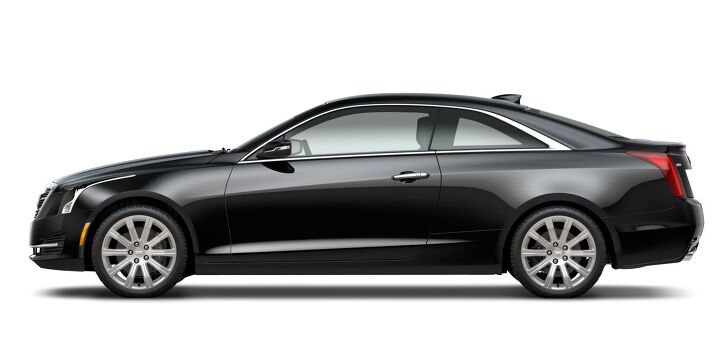




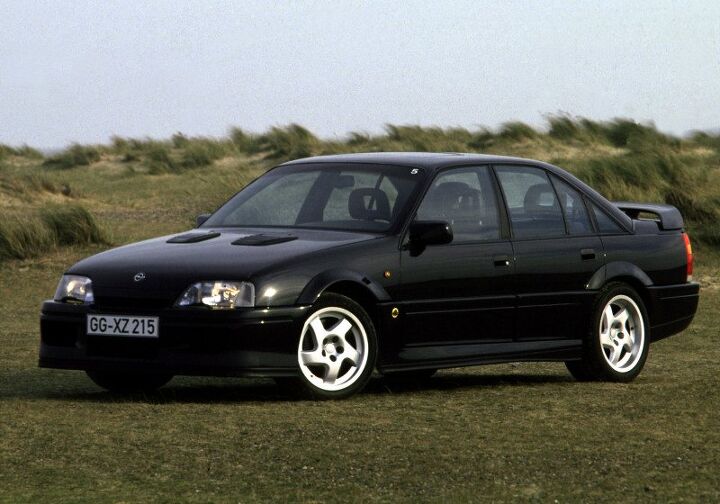


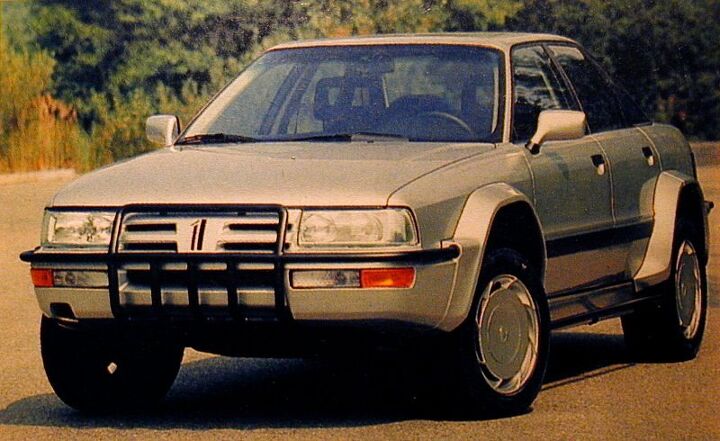
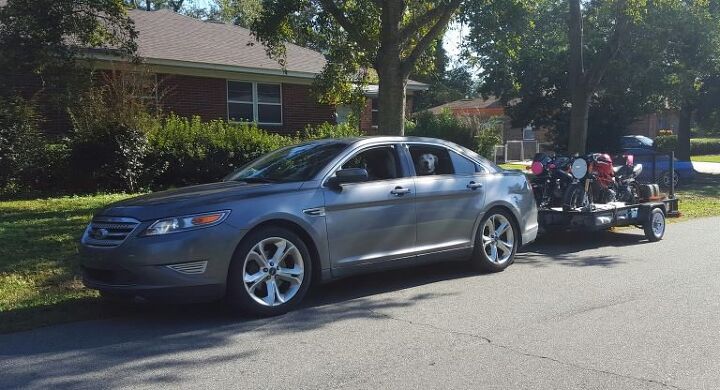


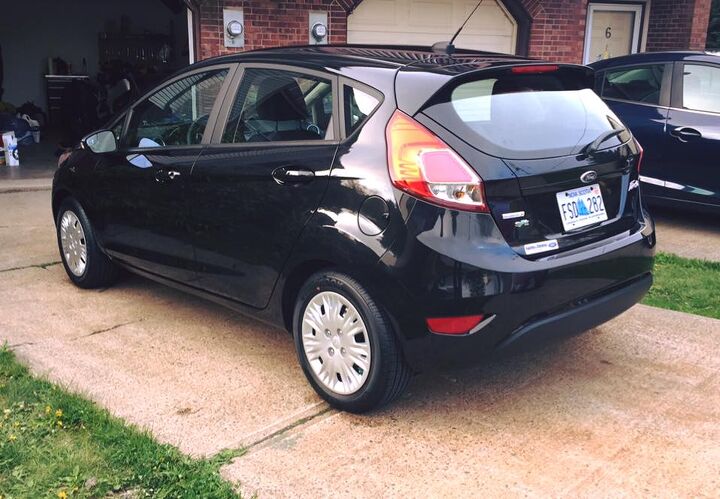

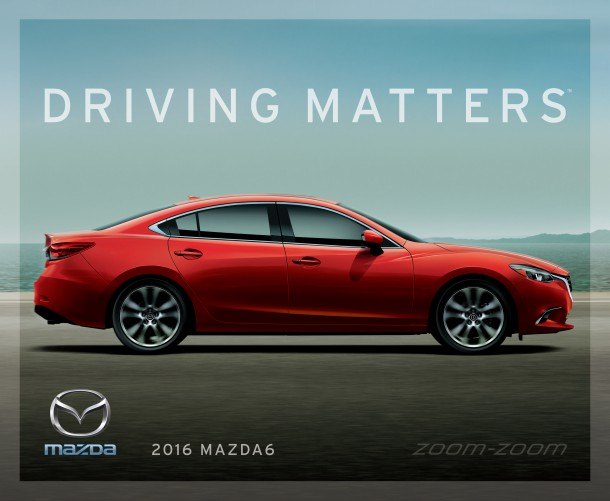












Recent Comments